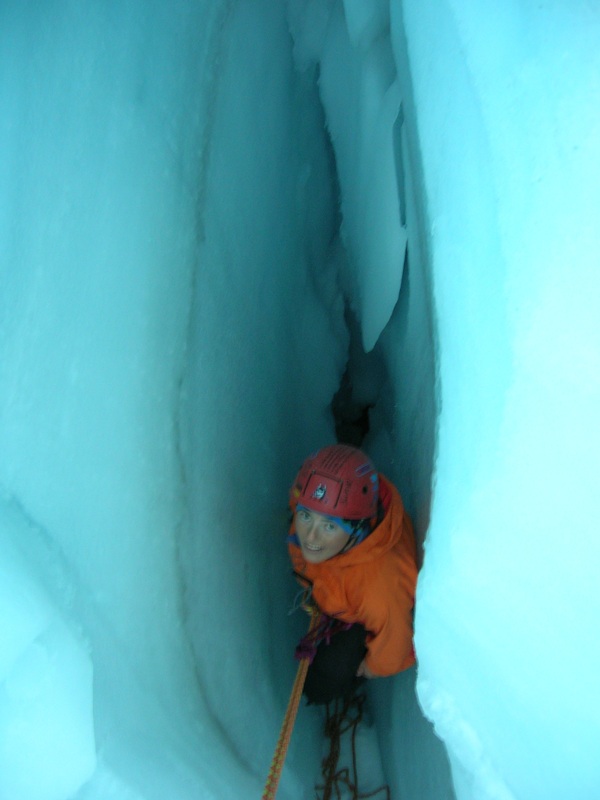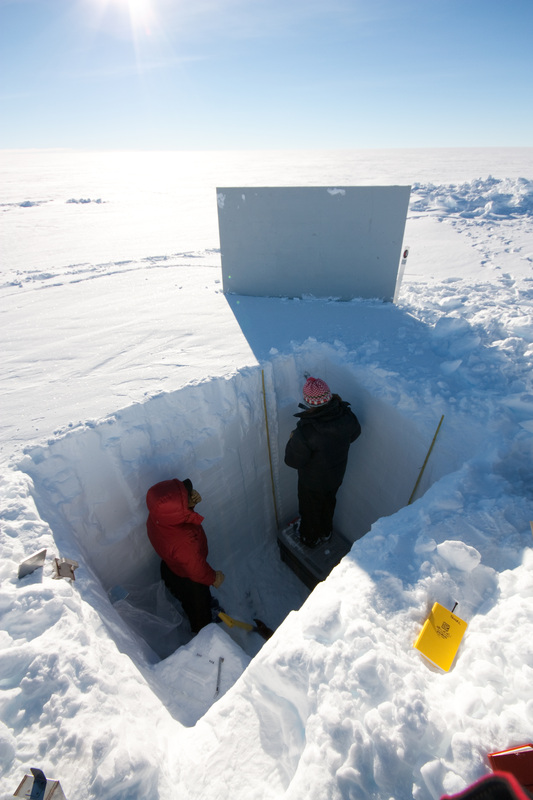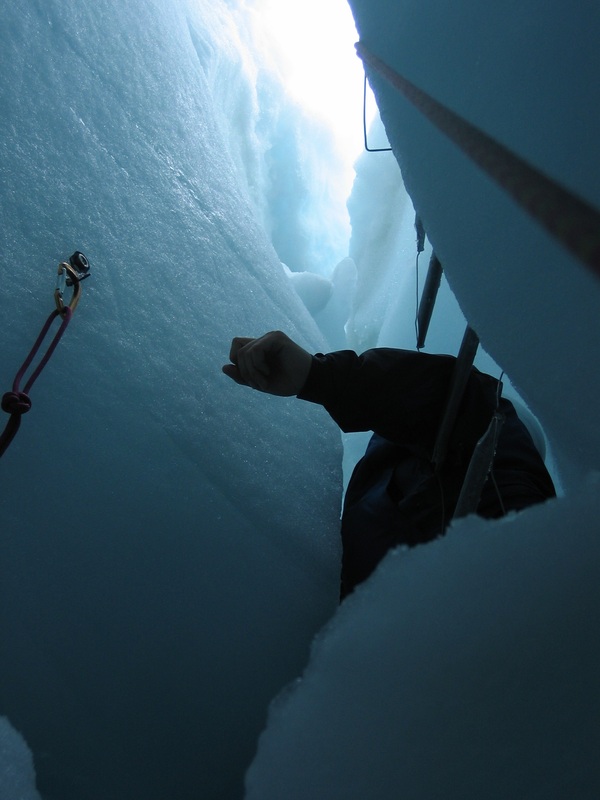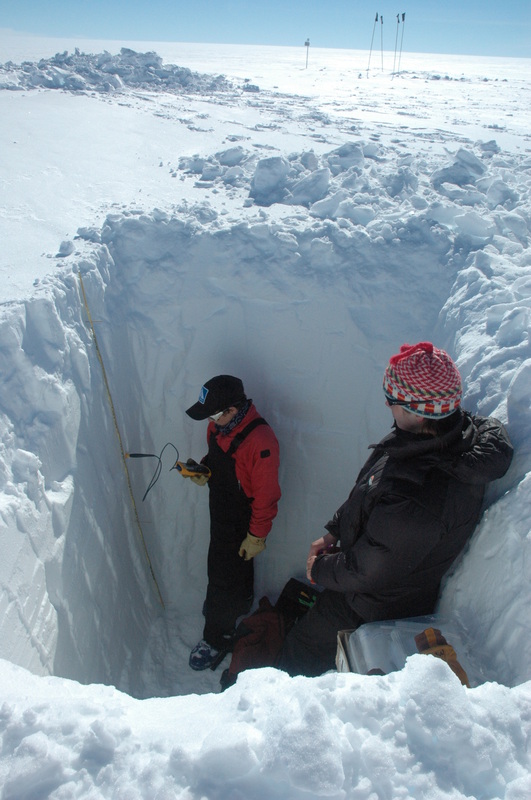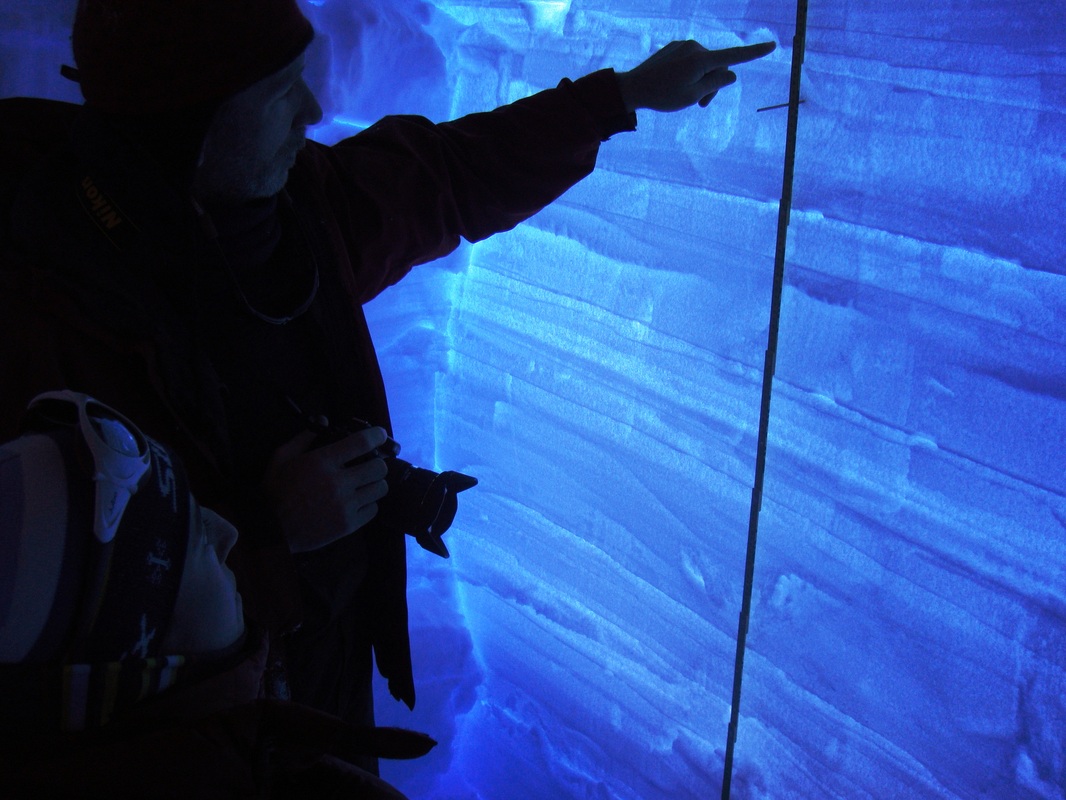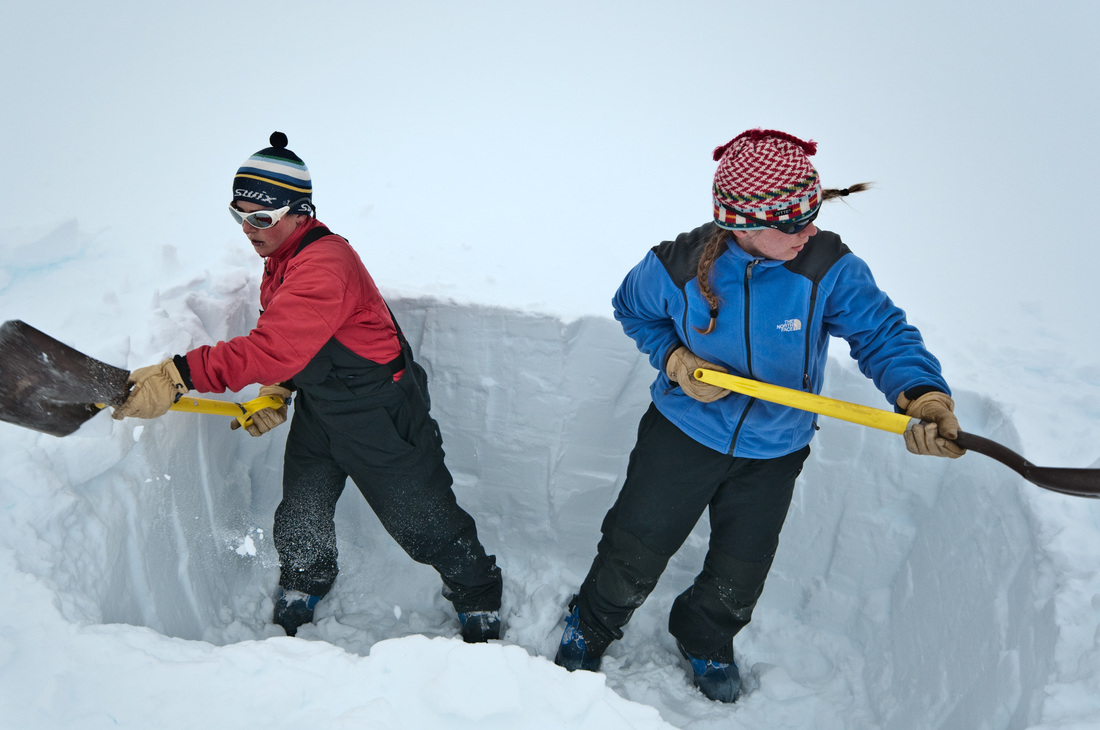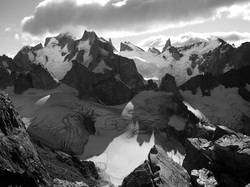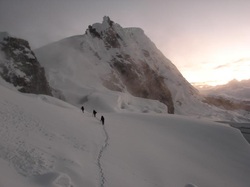|
Why study the mass balance of glaciers?
A glacier’s mass balance is a general indicator of the health of the glacier. Long-term mass balance records can be indicators of local changes in climate. The survival of a glacier relies on maintaining a positive mass balance (the difference between accumulation and ablation). Variations in temperature and snowfall result in changes in mass balance, which control the glacier’s long-term behavior. A glacier with a sustained negative mass balance is out of equilibrium and will retreat, while one with a sustained positive mass balance is out of equilibrium and will advance. Mass balance is measured by determining the amount of snow accumulated during winter, and later measuring the amount of snow and ice removed by melting in the summer. The difference between these two parameters is the annual mass balance. If the amount of snow accumulated is larger than the amount of snow and ice ablated during a given year, the mass balance is positive for that year. Alternatively, if ablation of snow and ice is larger than the amount of accumulation in a given year, the mass balance is negative for that year. To determine mass balance in the accumulation zone of a glacier, snowpack depth is measured by probing with a snow probe, digging snow pits, or using crevasse stratigraphy. Crevasse stratigraphy makes use of annual layers revealed on the wall of a crevasse, and similarly, digging snow pits reveals annual layers revealed on the snow pit walls. Visible annual layers are due to summer dust deposition and other seasonal effects (hoar, etc.). When probing in temperate glaciers, the insertion resistance of the probe increases when it reaches ice that was formed during the previous year. The probe depth, then, is a measure of the net accumulation above that layer. Snow pits dug through the past winter’s residual snowpack are used to determine the snowpack depth and density. The snowpack’s mass balance is the product of both density and depth. The observed depth is multiplied by the measured snowpack density to determine the accumulation (in cm of water equivalent). |
Click here for detailed instructions and protocols email questions to: mass@adventureandscience.org |

